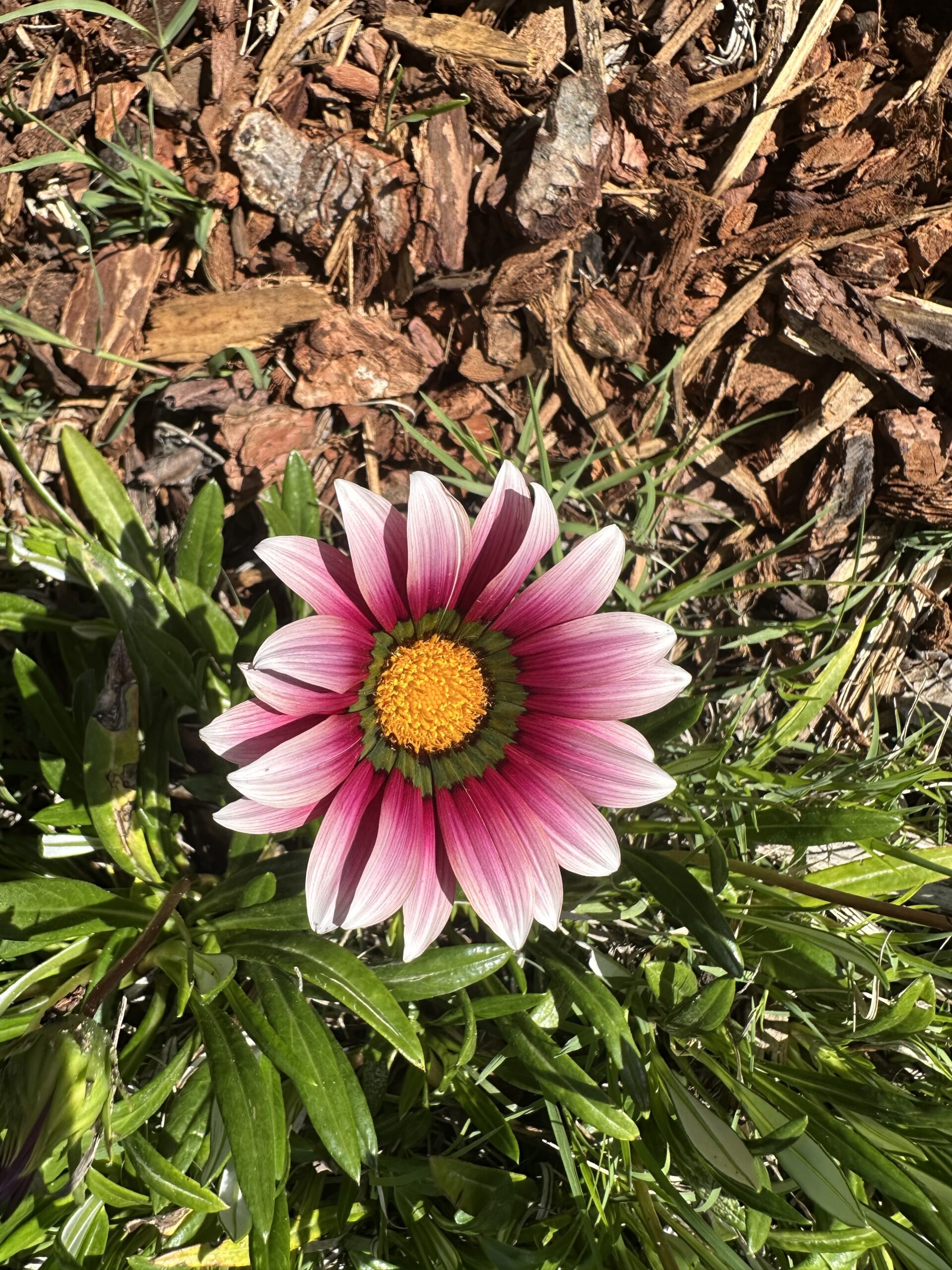
I have been asked, “What is a rinpoche?” and usually answer with what I understood the Tibetan word meant–“Precious One.” That may be technically correct, but I found a more complete definition in this week’s class when the Buddha Master explained that “A rinpoche is one who has returned to this world. In a prior life, he practiced dharma, after which he reincarnated to become one who returned to this world.” As I understand it, you can become a rinpoche in one of two ways: you may earn that title based on your accomplishments and realization gained in your current lifetime. That status would be recognition as a first time rinpoche. Or, you can be recognized as the reincarnation of a previous rinpoche who has “returned to this world” to continue to teach your disciples and help living beings.
In our class on DCB21-Lesson 2 of Imparting the Absolute Truth through the Heart Sutra the Buddha Master also told us that “A tulku is one who comes to this world based on its needs. They, too, [like a rinpoche] are people who returned to this world.” Wikipedia goes on to tell us that a tulku is a reincarnate custodian of a specific lineage of teachings in Tibetan Buddhism who is given empowerments and trained from a young age by students of his or her predecessor.
H.E. Kalu Rinpoche (1905-1989), the Dharma King and leader of the Shangpa Kagyu sect, was an example of the first type of rinpoche as was Milarepa. I use him as an example as he was the only Tibetan that I heard the Buddha Master say that the person who was recognized as his reincarnation and who is shown above and in the videos below was actually a true reincarnation and his tulku. The Buddha Master explained that usually it is not the same being that comes back, at least in the highest level reincarnation as those holy beings will go elsewhere in the universe as they are needed. That does not mean that the “reincarnated” leading tulku rinpoches are not truly holy beings, it is just that another bodhisattva has taken over that role. But in Kalu Rinpoche’s case, he was the same being. I also met a close disciple of the first Kalu Rinpoche who after meeting the young Yangsi Kalu II, affirmed that it had to be the same, given certain mannerisms and behaviors.
The videos of different aspects of H.E. Kalu Rinpoche II’s life are included to indicate how these high level Tibetan incarnations are treated, included the mistreatment he experienced after his father and protector left this world. His suffering and evolution into the respected and humble teacher that he is today is a lesson for all of us. He offers teachings similar to that of our own Buddha Master that cuts through the trappings of what is so much a part of modern vajrayana practice and emphasizes what we must each do ourselves to become holy people. When I started following our Buddha Master, we observed the esoteric precepts used in the Vajrayana tradition and the ancient rules expressed in “The Fifty Stanzas of Guru Devotion” attributed to Ashvagosha (80-150 CE). However once the Buddha Master observed the corruption of this practice by so many rinpoches and dharma teachers in today’s world, we stopped and instead rely on the “128 Evil and Erroneous Views” from the Supreme and Unsurpassable Mahamudra of Liberation to guide us.





Add comment